Design and Technology
Design and Technology is an inspiring and practical subject which uses children’s creativity and imagination to design, make and evaluate products for a variety of purposes.
Our Design and Technology curriculum gives children opportunities to be resourceful, consider the needs of others and draw on disciplines such as maths, science and art. Through a safe learning environment, children feel empowered to take risks, which leads to a positive sense of self-esteem by grappling with new learning and design problems in a practical, creative and purposeful way.
Children achieve high quality results to design problems through working through the four design and technology aspects:
- design- develop, plan and communicate design ideas
- make- work with tools, equipment and materials
- evaluate- testing, evaluate products and modifying ideas
- technical knowledge- of materials and components
In EYFS, children explore and use a variety of media and materials through a combination of child initiated and adult directed activities throughout the year to create products for a purpose. Children learn to:
- safely use and explore a variety of materials, tools and techniques
- experiment with colour, design, texture, form and function
- use what they have learnt about media and materials in original ways, thinking about uses and purposes
In Key Stage 1 and 2, children work through the design process using a growing repertoire of technical knowledge and skills to produce a solution or product which is then evaluated and in some cases, the product can be refined.
Through this design and technology cycle, children can evaluate their own products as well as products of the past and present. This supports children to develop a critical understanding of the use of design and technology in their own daily life and in the wider world.
As an eco-friendly school, we believe it is of vital importance for children to consider the impact on the environment in their design and making i.e. how to recycle materials, re-use materials and to make thoughtful material choices.
The Design and Technology curriculum at St Dunstan’s is broken down into specific areas to allow children to acquire skills that progress from Reception to Year 6 with a clear coverage of the National Curriculum Design and Technology objectives.
The curriculum allows children to explore: structures, textiles, mechanisms, electrical systems and control as well as cooking and nutrition. Each year group will complete 2 design and make projects over the year:
- a cooking and nutrition unit and
- a structure, textiles or mechanism unit or an electrical system or control unit
Cooking and nutrition: we aim to instil a love of cooking and ensure that children are taught how to cook, to develop an understanding of nutrition and knowledge of where food comes from. Children understand how to work safely, hygienically and with a range of kitchen equipment and ingredients.
Structures: children explore how structures are constructed for purpose, how they are used and what has influenced them.
Textiles: children learn skills such as pattern making and sewing, and use a range of tools, equipment and materials.
Mechanisms and mechanical systems: children learn how mechanisms work, including mechanical systems such as levers, linkages, wheels, axels and gears.
Electrical systems: children in Year 4 will begin by looking at electrical items and trying to diagnose faults and understand batteries, wires and bulbs. They then make electrical circuits and use electrical components as an essential part of their product.
Control (programming): children begin in Year 5 by controlling a micro:bit. In Year 6, children apply their understanding of computing to program, monitor and control their lego ‘robot’ products.
Materials: across the design and technology curriculum, children will learn how to use tools provided in a safe way and then demonstrate different way of cutting and joining. They measure and mark out using standard units of measure, with greater accuracy. Children select from and use a wide range of materials and components, including construction materials, textiles and ingredients, according to their characteristics, functional properties and aesthetic qualities.


